When you think of quaint Medieval hill towns, what comes to mind? San Gimignano? Volterra? Civita di Bagnoregio? What about Orvieto? Perched on a plateau in Umbria—Italy’s green heart—Orvieto is about 90 minutes from Rome, making it ideal for a day trip or a stop on a road trip from Rome to Tuscany. I’ve touched upon Orvieto in a few things I’ve written about Umbria, but I think it merits a closer look.
Orvieto’s earliest inhabitants were the Etruscans, a pre-Roman civilization that reached its height in the 6th century BCE before being conquered by the Romans. It then became a Roman city called Urbs Vetus, which is where its Italian name comes from. Over the course of the centuries, it came under Lombard and Tuscan rule before becoming independent in the 12th century and then coming under papal dominion in 1448.
Walking around the city now, much of the built environment that you see comes from the Middle Ages. There are centuries old stone buildings, narrow cobblestone lanes, little independent boutiques, and family-run restaurants. The main attraction is the Duomo, which is one of the most renowned examples of Romanesque Gothic architecture in Italy, and gazing up at its imposing facade and striped marble sides, it’s not hard to understand why. It was begun in 1290 and completed in 1580, so they had nearly 300 years to perfect it. Inside there are impressive frescoes by Luca Signorelli and Fra Angelico as well as many 16th-century sculptures.
Orvieto is also known for its underground and the well of San Patrizio (Saint Patrick). “Pozzo della Cava is a self-guided underground tour run by a lovely family. I like it as an alternative to the Orvieto Underground tour, which can be a bit slow and didactic,” says my esteemed colleague Elizabeth Heath, an Umbria-based journalist who brings visitors to Orvieto with her company Villaggio Tours.
The streets branching out from the Duomo are lined with boutiques selling clothes, jewelry, and locally made ceramics and things made from olive wood. Umbria has a long history of producing majolica and other pottery, and though Deruta is more famous for ceramics, Orvieto is home to some talented artisans as well.
I’m partial to L’Arpia, a workshop/boutique run by Stefania Portarena, who makes tiles, plates, pitchers, vases, and other objects inspired by Medieval designs. Her pieces feature mythological creatures like harpies (a creature with the face of a woman and the body of a bird) that have been reinterpreted in a modern way. On my first trip to Orvieto, I bought a beautiful pitcher from L’Arpia that decorates my kitchen and doubles as a vase.
“I love L’Orvietan for olive wood gifts, and you can book a tour of his laboratory or the marbelized paper workshop,” Elizabeth says.
Aside from visiting the Duomo, perhaps touring the underground, and wandering the narrow lanes and shops, the thing to do is sit down for a leisurely lunch. The food is characterized by simple, rustic dishes that use local vegetables, cheeses, and meats. In the woods of Umbria, truffles are abundant, so pastas and other dishes topped with black truffle often appear on menus at even the most humble trattorias. Other local specialties include wild boar (often served as a ragu), cheeses like pecorino (sheep’s milk cheese), and umbricelli (like thick strands of handmade spaghetti).
Both times I visited Orvieto, I had lunch at Trattoria La Palomba, a family-run restaurant since the 1950s that adheres to the Slow Food movement. Elizabeth prefers Trattoria del Moro for traditional dishes, Gastronomia Aronne for excellent charcuterie, and Bistrot Malandrino for modern fare.
Trains run regularly between Rome and Orvieto and take about an hour and a half. When you arrive at the train station, you have to take a funicular up to the historic center. If you drive, there’s a big parking lot near the funicular stop. I’ve been told there’s also a parking lot right next to the Duomo, but I haven’t sussed the situation out yet.
So is it worth making the trip to visit Orvieto? If you have a limited time in Rome, maybe not, but if you want a break from the city’s frenetic pace and want to slow down a bit, it’s one of the best places you can go. Or you could combine it with some other destinations in Umbria, perhaps visiting Perugia or Assisi and spending some time in the countryside.
Further Reading
Curious to learn more about Umbria? Check out issue #23, which is all about why you should plan a trip to Umbria.
I included Orvieto in this very subjective list of the best day trips from Rome and this list of 24 places in Italy to inspire your 2024 travels.
I also included it in this list of the 25 best couples vacations around the world for 2024-2025 for the Knot.
For more about L’Arpia, check out my guide to Italy’s many styles of handpainted ceramics for House Beautiful.
Be sure to check out Elizabeth’s article about Orvieto for Travel + Leisure and consider booking one of her trips through Villaggio Tours for an in depth immersion into Umbrian village life.
See all of the New Roman Times’ coverage about under-the-radar destinations here.


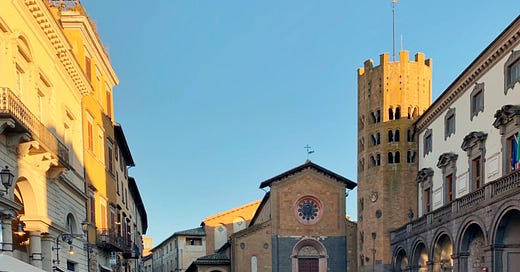



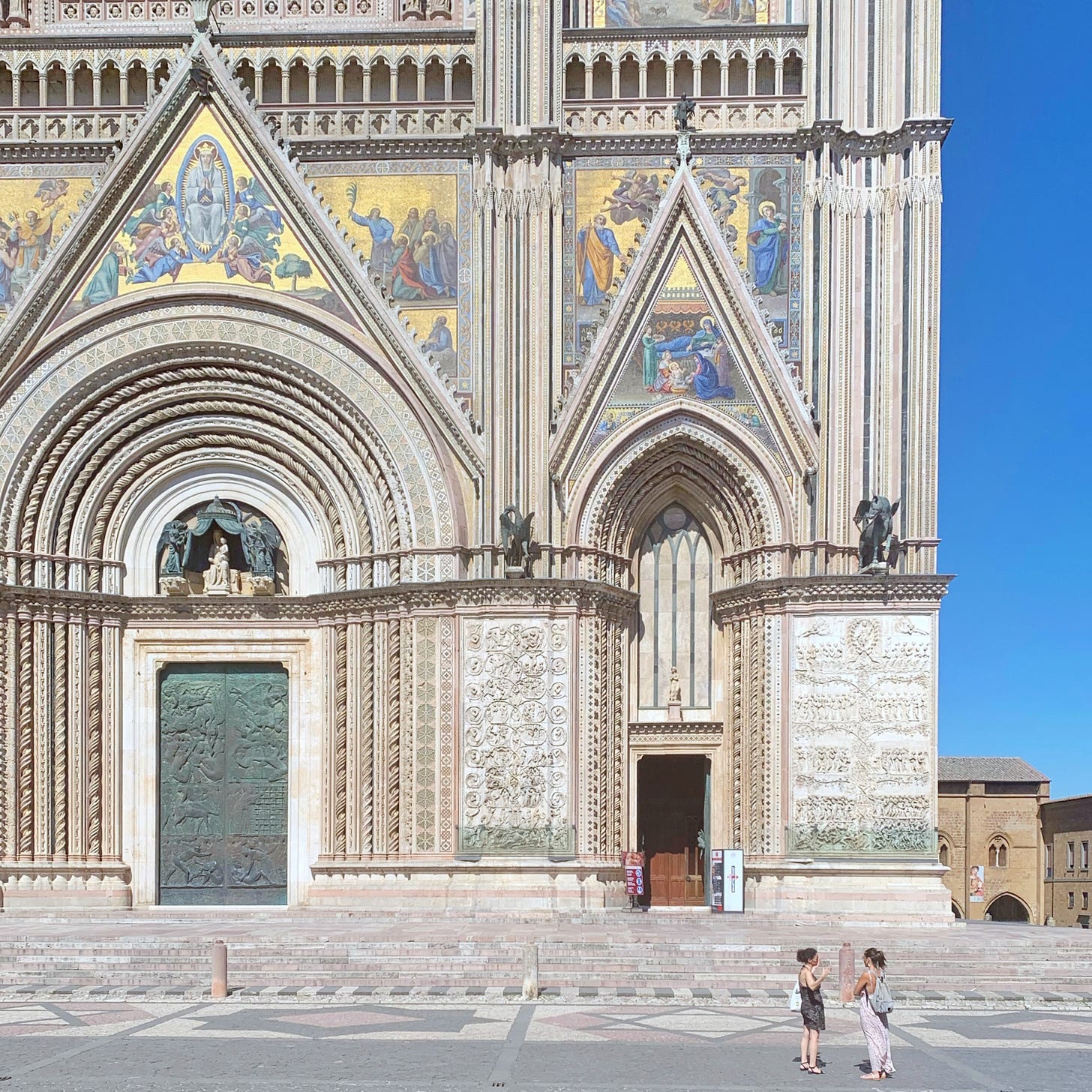
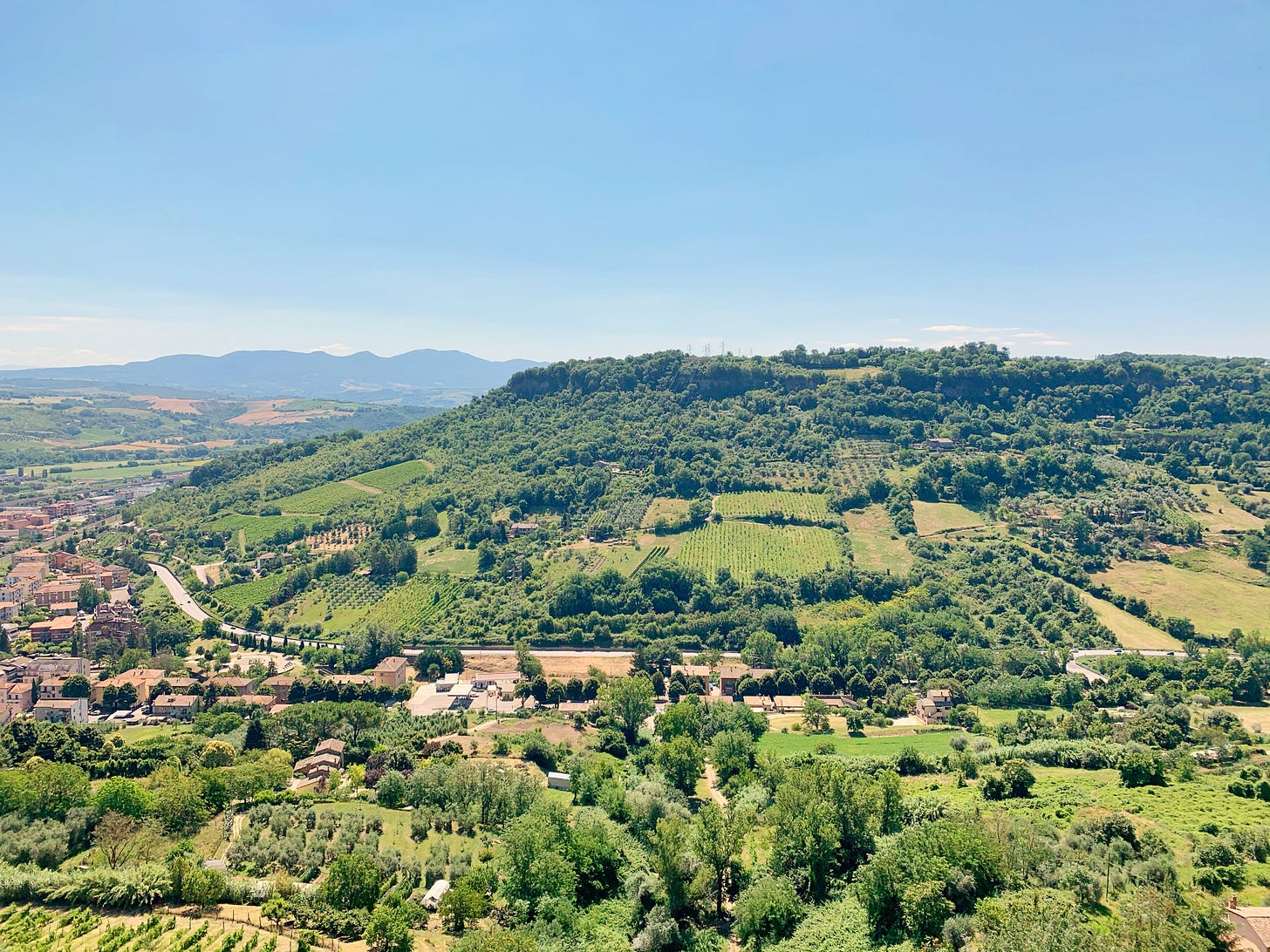
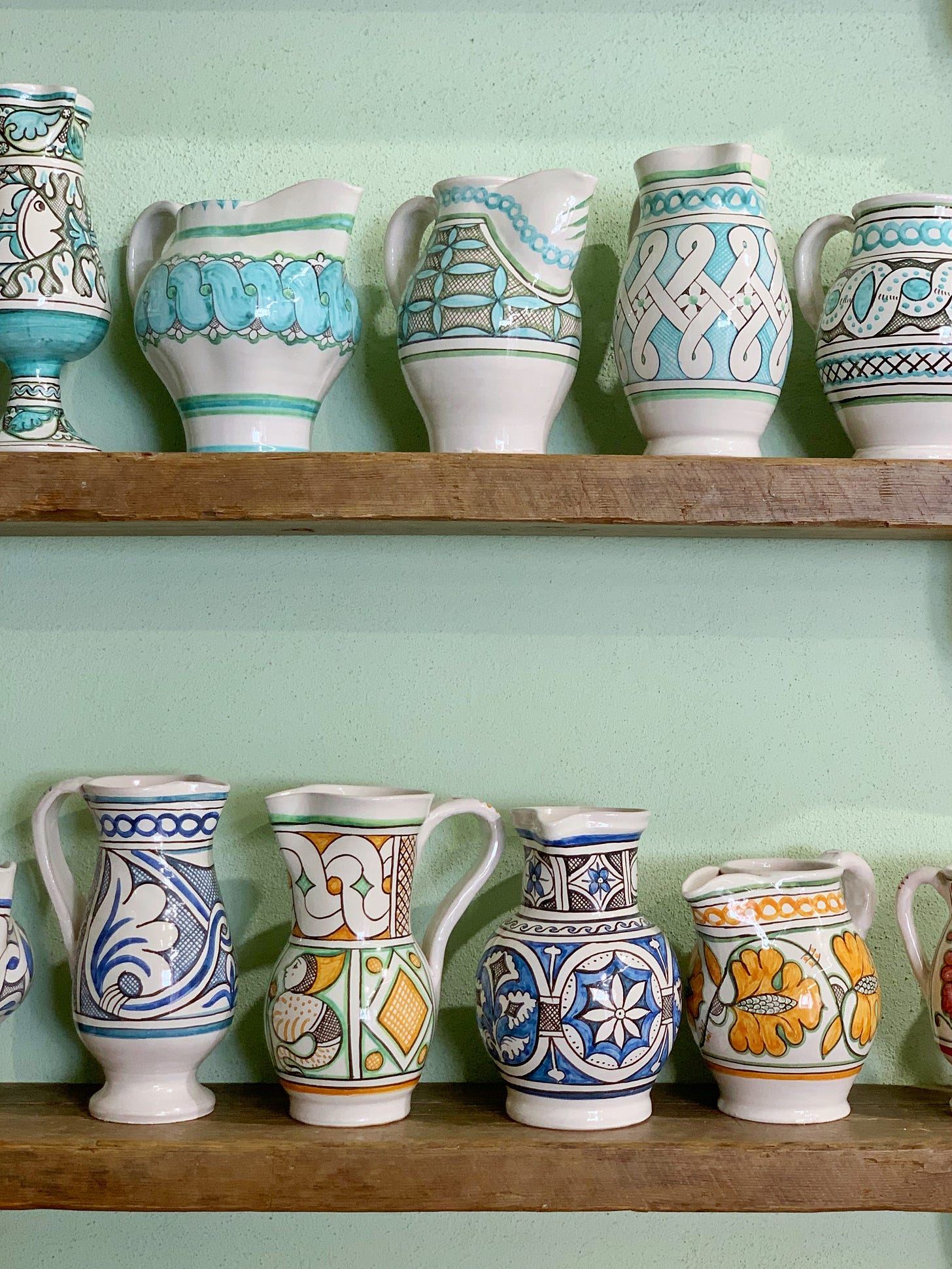
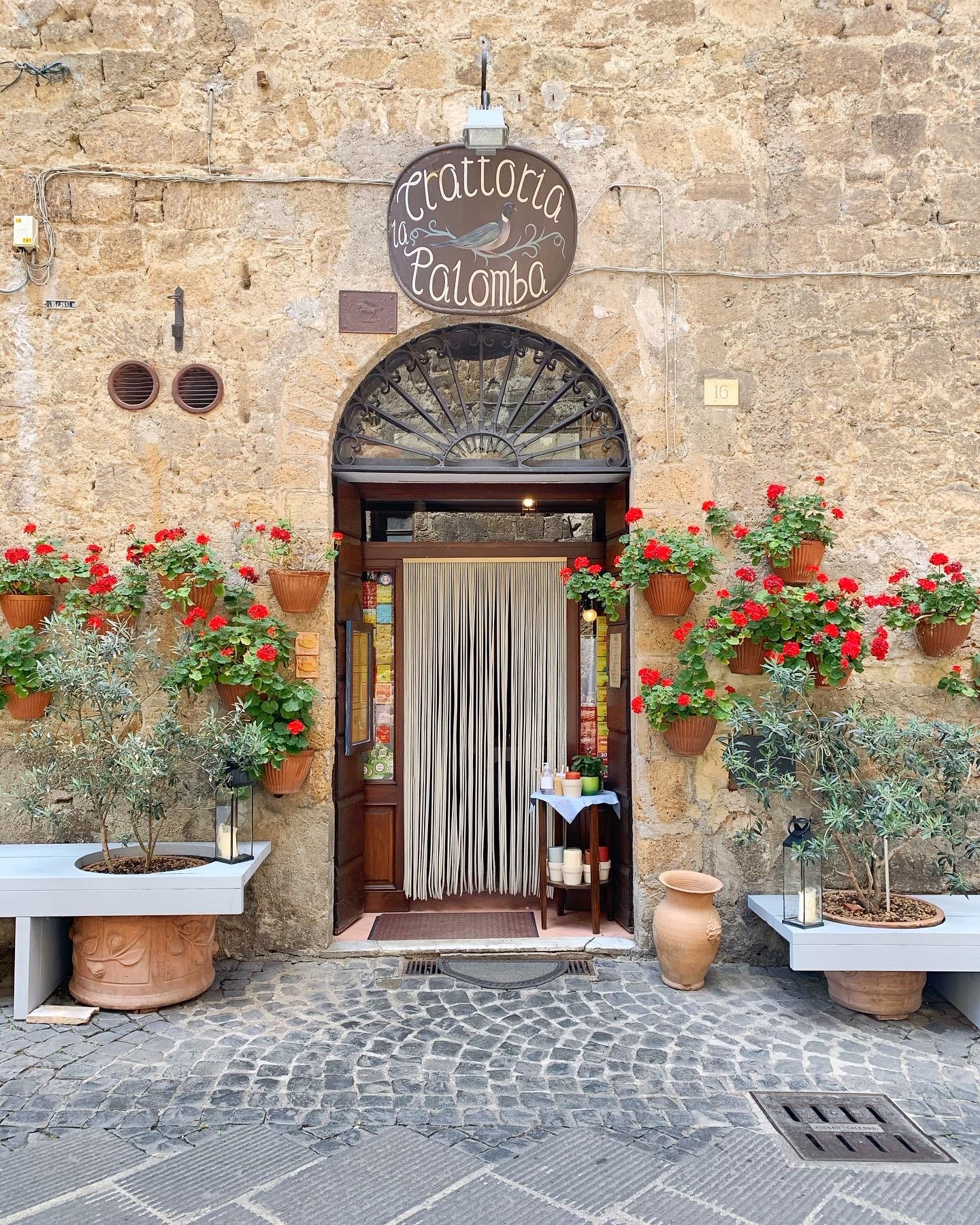
You sent us to Orvieto -one of my fondest Italian memories! I ❤️ Orvieto. We ❤️you!
Super Post, many thanks. Any accommodation tips?